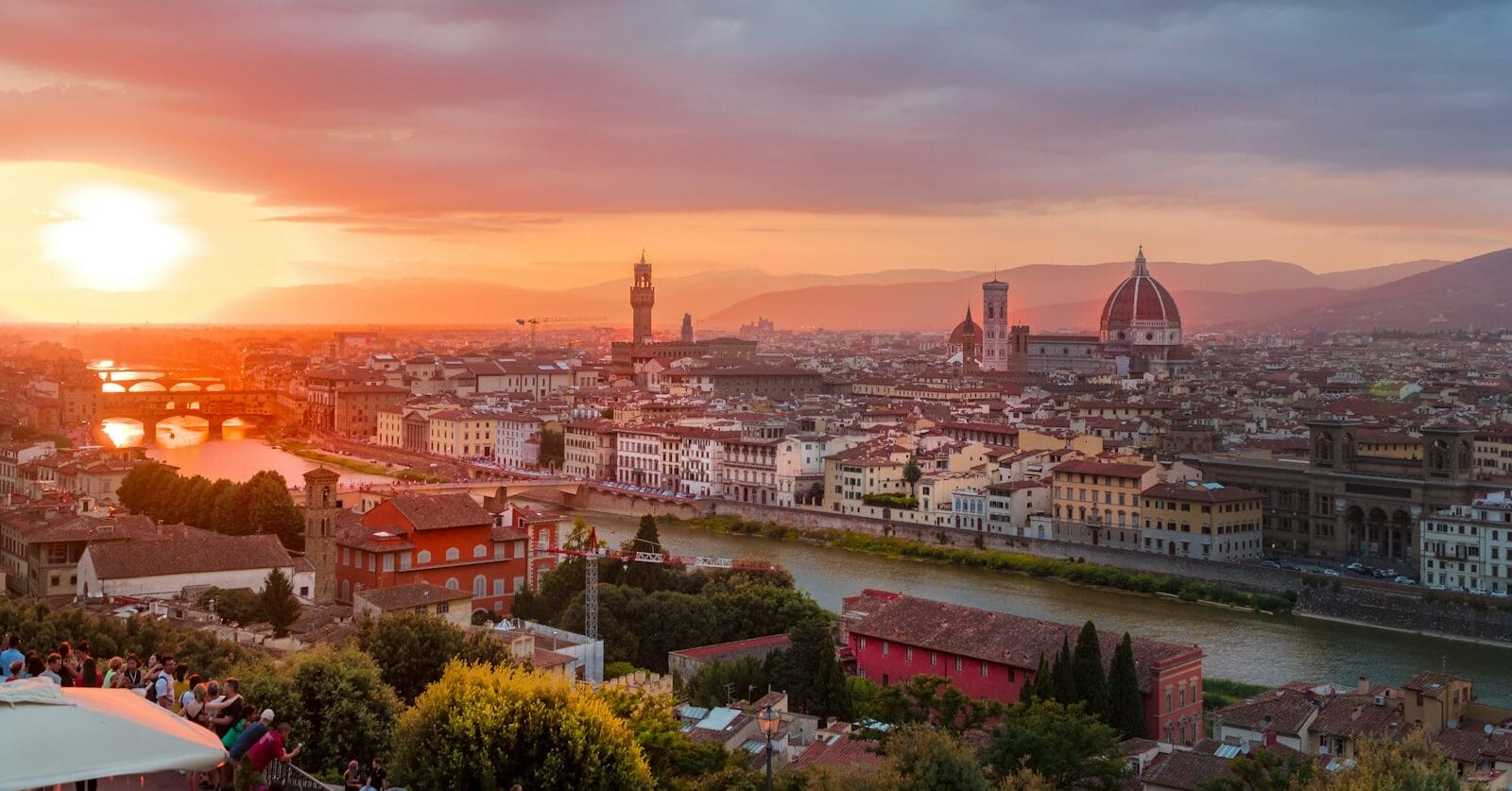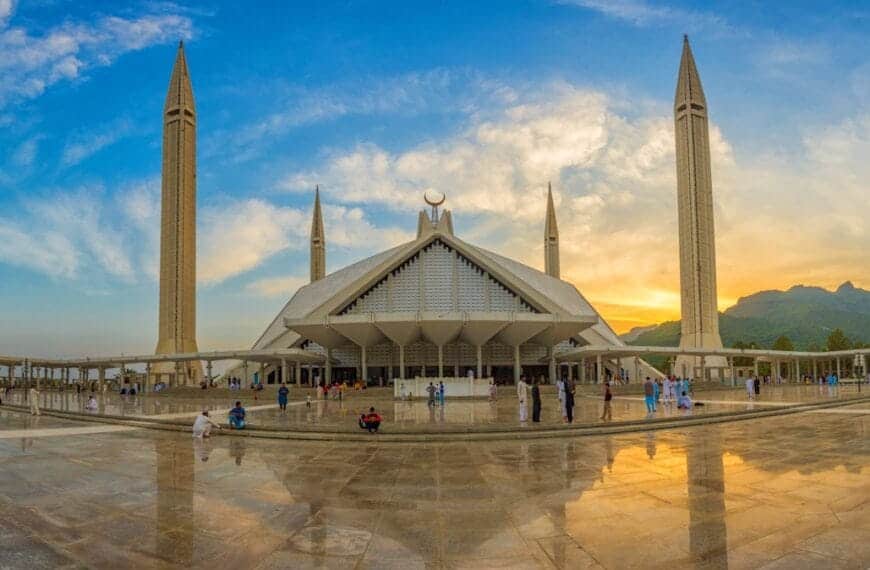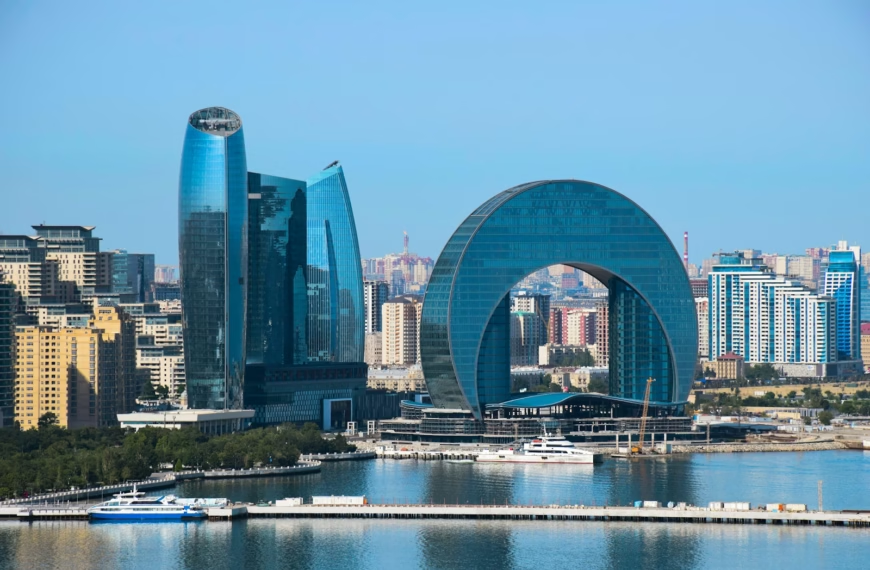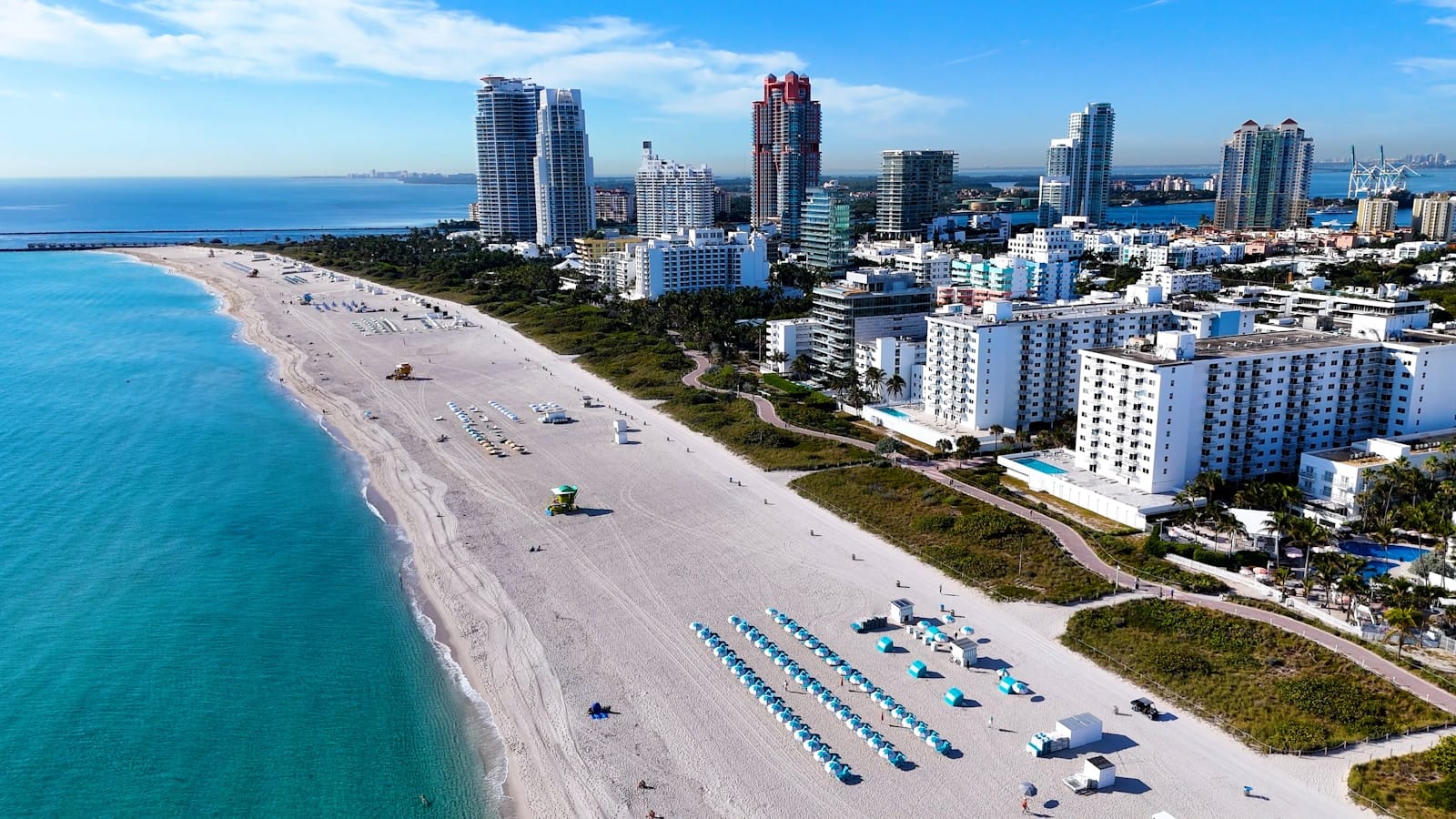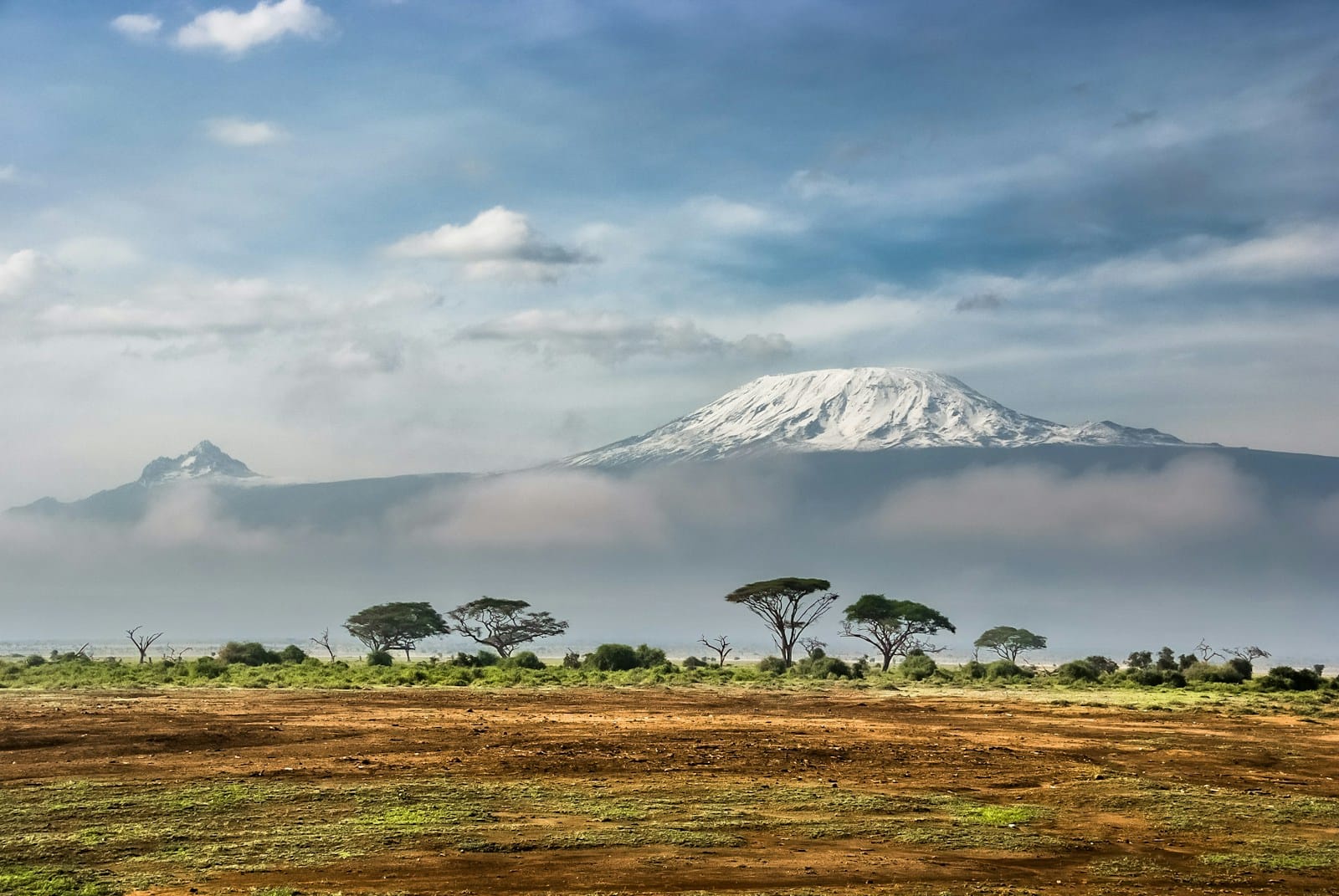Florence Travel Guide – An Enchanting Renaissance Escape
Intro to Florence Travel Guide
Florence is a living masterpiece — a city of sunlit piazzas, domed cathedrals, and cobbled streets whispering tales of Medici grandeur and artistic genius. Birthplace of the Renaissance, this Tuscan gem overflows with world-class art, artisan food, romantic walks, and time-warp beauty.
Start your journey with our Florence Travel Guide — uncover the best neighborhoods, things to do in Florence, immersive Florence tours, travel tips, and when to visit for timeless experiences.
Looking for unforgettable moments? Book immersive Florence tours and experience unforgettable things to do in Florence — from Duomo climbs and hidden courtyards to hands-on pasta classes and artisan workshops.
Nearby Places to Explore from Florence
Arezzo | Bologna | Lucca | Orvieto | Parma | Perugia | Pisa | Prato | San Gimignano | Siena
💡Quick Facts:
Destination: Florence
Continent: Europe
Country: Italy
Administrative Division: Tuscany Region
City: Florence
Area: 102 km² (39 sq mi)
Population: ~370,000 (city proper); ~1.5 million (metro)
Density: ~3,600/km²
Capital: Regional capital of Tuscany
Regions/Subregions: Historic center (UNESCO-listed), Oltrarno, Campo di Marte, Careggi-Rifredi
Official & Regional Languages: Italian (official), Tuscan dialect widely spoken
Currency: Euro (EUR, €)
Time Zone(s): Central European Time (CET, UTC+1); Central European Summer Time (CEST, UTC+2)
Airports: Florence Peretola Airport (FLR), Pisa International Airport (PSA, ~80 km)
Climate: Humid subtropical; hot summers, cool winters, peak rainfall in autumn
Known For: Renaissance art, architecture, Uffizi Gallery, Duomo (Santa Maria del Fiore), Ponte Vecchio, Tuscan cuisine
🛂Arrival Info:
Italy is part of the Schengen Area. Visa-free access for EU/EEA/Swiss nationals.
Many countries (US, UK, Canada, Australia, Japan) enjoy 90-day visa-free entry.
Schengen short-stay visas required for some non-EU nationals.
No ETA system for Italy.
Official visa portal: Italy Visa Information
Customs: Agenzia delle Dogane e dei Monopoli
🏥Health Info:
No mandatory vaccines; routine immunizations recommended.
Hepatitis A, B, and rabies optional depending on activities.
Hospitals: Careggi University Hospital, Santa Maria Nuova Hospital in Florence.
English-speaking traveler clinics available in central Florence.
High-quality healthcare with wide availability of pharmacies (“farmacie”).
Travel insurance strongly recommended.
🩺 Check travel insurance options for travel emergencies, delays, and medical needs abroad — Get coverage here
💉 Stay Informed with Official Updates: WHO – International Travel & Health | CDC – Travel health updates
🚨Travel Advisory:
Italy is generally safe.
Risks: petty theft, pickpocketing in tourist-heavy areas.
Rare protests or strikes may disrupt trains and transport.
🗣️Track Real-Time Official Updates: US Travel Advisory | UK Foreign Travel Advice | Government of Canada
🥳Holidays:
New Year’s Day (1 Jan)
Liberation Day (25 Apr)
Republic Day (2 Jun)
Ferragosto / Assumption Day (15 Aug)
Christmas Day (25 Dec)
Local: Feast of St. John the Baptist (24 Jun), Florence’s patron saint
💰Visitor Info:
Currency: Euro (€).
Cards widely accepted; cash preferred in small trattorias, taxis, and markets.
ATMs common in the city center.
Tipping not obligatory; rounding up or leaving small change is appreciated.
Tourist tax: nightly city tax added to hotel bills (€3–5 per person).
Daily budget:
Budget: €60–80
Midrange: €120–200
Luxury: €250+
🛫Airports:
FLR – Florence Peretola Airport (Amerigo Vespucci):
Located ~6 km (20 minutes) from the city center. Offers short-haul European connections via carriers like Vueling, ITA Airways, and Lufthansa.
Alternate Airports:
PSA – Pisa International Airport (Galileo Galilei): ~1 hour by direct train; broader international flight options.
BLQ – Bologna Guglielmo Marconi Airport: ~1.5 hours via high-speed train; serves long-haul and EU flights.
Ground Transport:
Taxis, tram Line T2 (from FLR to city center), trains (from Pisa/Bologna), and private transfers available.
✅ Delayed or canceled flight? Check if you’re eligible for compensation
🚍Transport:
Local: ATAF buses, trams, taxis, and limited Uber.
Florence is walkable; main sights concentrated in historic center.
Rail: Trenitalia and Italo link Florence with Rome, Milan, Venice, Naples.
Driving discouraged in central Florence (ZTL restricted zone).
Bike and scooter rentals available.
Public transport tickets: €1.70 for 90 minutes.
✅ Book reliable airport transfers and in-city rides in advance. Reserve your ride here
🛰️Connectivity:
Carriers: TIM, Vodafone, WindTre, Iliad.
Prepaid SIMs available at airport kiosks and city shops.
EU roaming applies for European travelers.
Public Wi-Fi available in piazzas, cafes, hotels; reliability varies.
🛜 Stay connected abroad with affordable eSIM data packs. Get your eSIM here
📜Laws & Etiquette:
Drinking age: 18.
Smoking banned in indoor public spaces.
Modest dress required for church entry (cover shoulders/knees).
Greetings: handshake common; “ciao” for informal, “buongiorno” for formal.
LGBTQ+ visitors generally safe; same-sex unions legal since 2016.
Photography restricted in some museums and churches.
👮Emergency Info:
Emergency number: 112 (EU-wide).
Tourist police available in central Florence.
US Consulate General: Lungarno Amerigo Vespucci 38.
Pharmacies provide basic medical assistance.
🏛️ Use embassy locator tools: Embassies Worldwide
🌞Weather:
Spring (Mar–May): Mild, 15–22°C; ideal sightseeing season.
Summer (Jun–Aug): Hot, 30–35°C; busiest tourist season.
Autumn (Sep–Nov): Pleasant, 18–25°C; rain more frequent.
Winter (Dec–Feb): Cool, 5–10°C; fewer visitors.
Best months: April–June, September–October.
🌦️ Stay prepared—check the weather forecast for your destination — Weather Forecast
Florence is compact but diverse — each district blends centuries of culture with modern-day rhythm. Here’s how to explore its soul by neighborhood.
- Centro Storico (Historic Center) – The heart of Florence. Home to the Duomo, Uffizi, and Ponte Vecchio, this is where Renaissance treasures and bustling piazzas collide.
- Oltrarno – Just across the Arno River, this artsy district is filled with ateliers, local cafés, antique shops, and lesser-known chapels.
- Santa Croce – East of the center, this neighborhood is vibrant and student-filled. Known for the basilica housing Michelangelo’s tomb and lively aperitivo spots.
- San Lorenzo & Mercato Centrale – Perfect for foodies. Browse leather markets, grab street food, and wander through indoor stalls bursting with Tuscan flavors.
- San Niccolò – Bohemian and scenic, it hugs the hill up to Piazzale Michelangelo. Expect artist studios, wine bars, and the best panoramic sunsets.
- Campo di Marte – A residential, less-touristy area that offers green space, local bakeries, and football fans cheering at Stadio Artemio Franchi.
- Santo Spirito – Trendy, creative, and full of character. Known for its namesake basilica, hip boutiques, and late-night local vibe.
For first-timers: Stay in Centro Storico. For artists, foodies, or return travelers, try Oltrarno or Santo Spirito for authentic immersion.
Top Attractions & Iconic Sights
Florence is a city-museum — its streets, statues, and frescoes are among the most iconic in the world. Here’s what not to miss.
Skyline Views and Icons
- Duomo di Firenze (Santa Maria del Fiore) – Climb Brunelleschi’s dome for sweeping views and awe-inspiring engineering.
- Ponte Vecchio – The medieval bridge lined with goldsmiths and history — especially magical at sunrise or dusk.
- Piazzale Michelangelo – The most iconic panoramic view of the city, with replicas of Michelangelo’s David.
- Giotto’s Campanile – The cathedral bell tower offers equally impressive views for those who love a stair climb.
Local Tip: Book Duomo and dome climb tickets in advance. Early morning or golden hour offers the best light and smallest crowds.
Museums and Cultural Gems
- Uffizi Gallery – Botticelli, Da Vinci, and Raphael — this Renaissance museum is a must for any art lover.
- Galleria dell’Accademia – See Michelangelo’s original David in stunning, marble perfection.
- Palazzo Pitti – A Medici palace with layered museums and royal gardens out back.
- Museo Galileo – Fascinating instruments and scientific innovations from Florence’s intellectual past.
Family Favorites
- Boboli Gardens – A green maze of fountains, sculptures, and hedge-lined trails behind Palazzo Pitti.
- Leonardo da Vinci Interactive Museum – Hands-on exhibits of Da Vinci’s inventions. Great for curious kids and adults alike.
- Florence Cathedral Crypts – Atmospheric and educational, great for older children and teens with a love of history.
- Piazza della Repubblica Carousel – Perfect for younger children and families needing a quick break.
Book immersive Florence tours and experience unforgettable things to do in Florence — from secret passageways and marble carving demos to rooftop tastings and artisan goldsmith visits.
Natural Escapes Within and Near Florence
Though built in stone, Florence offers pockets of peace — from sculpted gardens to hillside hideaways and riverside strolls.
- Boboli Gardens – Classic Italian landscaping with fountains, sculptures, and hedges that invite quiet reflection.
- Rose Garden (Giardino delle Rose) – Just below Piazzale Michelangelo, with stunning views and 400+ rose varieties.
- Cascine Park (Parco delle Cascine) – A long riverside greenbelt great for jogging, biking, or a slow afternoon picnic.
- Bardini Gardens – Less crowded and filled with wisteria in spring, plus a serene café with skyline views.
Florence Day Trip Ideas
- Chianti Wine Region (45 mins by car or tour) – Rolling vineyards, rustic villages, and full-bodied reds.
- San Gimignano (1 hr) – A medieval hill town with towers, gelato legends, and postcard views.
- Pisa (1 hr by train) – Beyond the Leaning Tower, explore Romanesque churches and relaxed cafés.
- Fiesole (20 mins by bus) – Roman ruins and quiet villas overlooking the city from the hills.
Culture, History and Local Identity
Florence is more than beauty — it’s layered with intellectual fire, civic pride, and deep artisanal roots.
- Basilica of Santa Croce – Final resting place of Michelangelo, Galileo, and Machiavelli — all under one exquisite ceiling.
- Medici Chapels – The powerful family that shaped Florence is buried here in marble magnificence.
- Scuola del Cuoio (Leather School) – Watch craftsmen create custom leather goods using centuries-old techniques.
- Synagogue of Florence – A magnificent green-domed building representing the city’s Jewish legacy.
- Local Experience: Take a small-group Medici walking tour or attend a Renaissance painting workshop — two of the most culturally immersive things to do in Florence.
Local Food, Markets and Artisan Vibes
Florentine cuisine is rustic, hearty, and honest — a celebration of fresh ingredients, no-frills flavors, and centuries of tradition.
- Must-Try Dishes:
Start with ribollita (vegetable bread soup), bistecca alla Fiorentina (T-bone steak), schiacciata (Tuscan flatbread), and cantucci with vin santo for dessert. - Trattoria Mario – Legendary for Florentine steak, loud tables, and communal vibes.
- All’Antico Vinaio – Famous for schiacciata panini piled high with cured meats, cheese, and truffle spreads.
- Mercato di Sant’Ambrogio – Less touristy than Mercato Centrale, with fresh produce, meats, and locals shopping daily.
- La Ménagère – A concept space with a florist, jazz bar, and seasonal fine dining all under one roof.
Taste your way through Florence and explore delicious things to do in Florence — from street snacks in Santa Croce to sit-down feasts in hidden courtyards.
Events, Nightlife and Seasonal Fun
Florence has a quieter nightlife than Rome or Milan but pulses with cultural energy, local bars, and seasonal festivities year-round.
Major Annual Events:
- Scoppio del Carro (Easter Sunday) – A fireworks-packed wagon explosion in front of the Duomo.
- Calcio Storico (June) – Historic football-meets-martial-arts game played in Renaissance costume.
- Firenze Rocks (June) – Major music festival attracting global headliners.
- F-Light Festival (December) – Holiday light projections on bridges and landmarks.
Nightlife by Zone:
- Oltrarno – Wine bars, jazz cellars, and locals out late.
- Santa Croce – Lively pubs, student energy, and clubbing options.
- Piazza della Repubblica – Scenic spots for upscale cocktails and rooftop aperitivo.
Seasonal Highlights:
- Winter – Christmas markets, warm trattorias, and foggy river walks.
- Spring – Wisteria in bloom, art festivals, and outdoor cafés.
- Summer – Evening concerts, night museums, and late sunsets.
- Fall – Wine harvest season, truffle menus, and museum calm.
Which Airport Should You Use?
Florence is accessible via several regional airports, depending on your travel route and itinerary.
- Flying internationally → Florence Airport (FLR – Peretola)
The closest airport to the city center (15 minutes by taxi or tram). Best for connections via major European hubs like Amsterdam, Paris, or Frankfurt. - Regional or budget travel → Pisa Airport (PSA – Galileo Galilei)
Located about 1 hour from Florence by train. Offers more low-cost options with easy access via shuttle or Trenitalia. - Cultural or multi-city travelers → Bologna Airport (BLQ)
Serves as an alternative for art-focused travelers combining Florence with Emilia-Romagna or Venice. Trains to Florence take 1–1.5 hours.
Getting Around Florence – Transport Tips
Florence is best explored on foot. The city center is compact, flat, and filled with narrow streets that open to grand piazzas and hidden treasures.
From the airport:
- FLR → City center: Tram T2 runs directly from the airport to Santa Maria Novella Station (15 mins).
- Pisa → Florence: Train or shuttle transfer from Pisa Centrale (~1 hour).
Local Transport:
- Walking – Most efficient and enjoyable option.
- Trams – Clean, modern, and great for connecting outer neighborhoods and the airport.
- Buses (ATAF) – Serve local routes; useful for reaching neighborhoods like Campo di Marte.
- Taxis – Available but expensive. Rideshare apps (Uber, Bolt) are not permitted here.
- Bike Rentals – Ideal in off-peak months. Check Mobike or local bike shops.
Recommended Apps:
- ATAF Firenze – For bus schedules, route planning, and mobile ticketing.
- Trenitalia / Italo – For intercity trains to Pisa, Rome, Venice, and beyond.
- VisitFlorence – Offline maps, museum hours, events, and itinerary tips.
Local Tip: Most of the historic center is a ZTL (limited traffic zone). Avoid driving unless your hotel arranges a permit.
Best Time to Visit Florence
Florence has four distinct seasons, each with its own charm and rhythm. Choose your travel dates based on weather, crowd levels, and seasonal activities.
- Spring (Mar–May):
Mild and blooming weather, moderate crowds, medium costs. Best for gardens, art walks, and fewer tour groups. - Summer (Jun–Aug):
Hot weather with highs in the upper 80s°F, high crowds, high costs. Ideal for long days, outdoor events, and lively nights. - Fall (Sep–Nov):
Cool and colorful weather, medium crowds, good deals on costs. Great for wine festivals and cozy trattorias. - Winter (Dec–Feb):
Cold and festive weather, low crowds, budget rates. Perfect for museums, holiday lights, and off-season calm.
Best time to visit Florence? April–May or mid-September — perfect weather, active festivals, and smaller queues.
Florence Travel Essentials – Key Insights
- Getting Connected
SIM cards and mobile data are easy to find at major train stations and city centers, with providers like TIM, Vodafone, and Wind available. - Transport Costs
A tram ride costs €1.50, or you can get a day pass for €4.50. Museum combo passes are a great way to save money on entry fees. - Main Entry Points
Key airports and stations include FLR (Florence), PSA (Pisa), and BLQ (Bologna). - Local Atmosphere
The vibe is artistic and proud, with locals who may seem reserved but are deeply passionate about their culture. - Walkability
The city is very walkable — small, flat, and with a historic center that’s fully pedestrianized.
Quick Picks List
- Best for food: San Lorenzo / Santa Croce
- Best for sunsets: Piazzale Michelangelo / Fiesole
- Best for nightlife: Oltrarno / Santo Spirito
- Best for family fun: Boboli Gardens, museums with interactive tours
- Best for slow travel: San Niccolò, artisan alleys, and Arno walks
Step off the tourist trail and into the daily rhythm of Florence. These places showcase the quieter, more intimate side of the city.
- Piazza Santo Spirito – A lively square filled with locals, vintage markets, and late-night drinks under chestnut trees.
- Le Murate – A converted former prison turned arts and café complex with exhibitions, poetry readings, and quiet courtyards.
- Via dei Neri (early morning) – Watch artisans prepare their shops and locals grab espresso before the tourist rush begins.
- Brancacci Chapel (Santa Maria del Carmine) – Often overlooked masterpiece of Masaccio’s frescoes, with no crowds.
- Villa Bardini Gardens – Less visited than Boboli but with equally spectacular views and seasonal flowers.
- Local Behavior Tip: Say “Buongiorno” and “Grazie” in shops and markets — even basic Italian is appreciated and opens doors.
Nearby Destinations to Explore
Florence is the ideal base for exploring Tuscany and beyond. Add one of these cities for a multi-layered Italian adventure:
- Rome – From Medici power to ancient emperors — just 1.5 hours via high-speed train
- Venice – Canals, bridges, and quiet mornings — 2 hours away by train
- Siena – Medieval lanes, the Palio horse race, and dramatic architecture
- Lucca – Renaissance walls and quiet piazzas make this a cycling-friendly gem
- Bologna – Less touristy, more foodie — perfect for pasta lovers and portico wanderers
- Cinque Terre – Coastal hiking, cliffside villages, and pesto with sea views
Final Tips for a Smart Florence Adventure
- Always pre-book museums — especially Uffizi and Accademia
- Visit early or late in the day to avoid heat and queues
- Bring cash for small purchases at markets or bakeries
- Dress modestly for churches (no bare shoulders or short shorts)
- Climb the Duomo and Campanile on separate days — both are intense
- Many shops close midday (1–4 PM) — plan accordingly
- Aperitivo hour (6–8 PM) is perfect for pre-dinner drinks with snacks
- Bring a refillable bottle — public fountains offer clean, cold water
Explore Florence tours and things to do in Florence to make the most of your time.
For more expert travel strategies, insider tips, and unforgettable destinations, visit our Homepage and start planning today.

